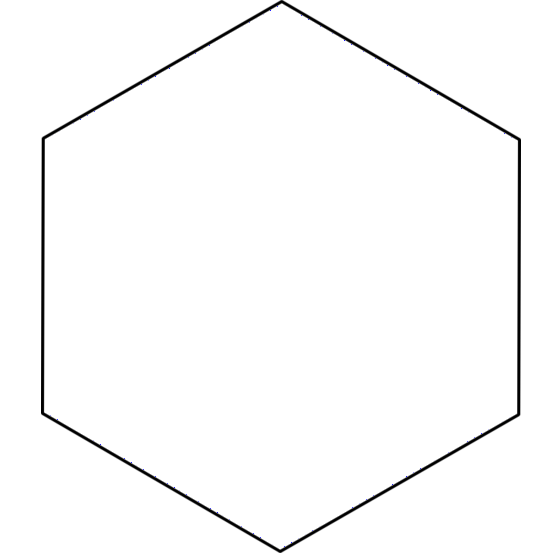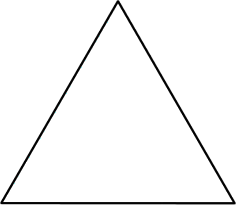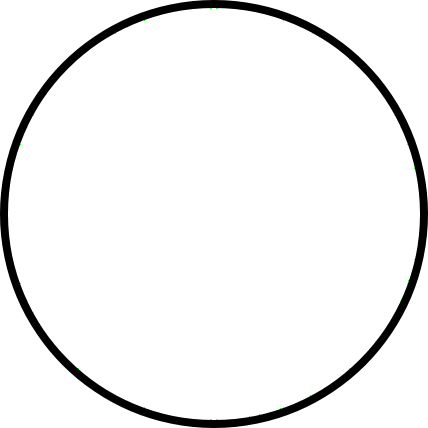22 JUN 2012 by ideonexus
 How Small are Atoms?
How Small are Atoms?
Why are atoms so small? ... Many examples have been devised to bring this fact home to an audience, none of them more impressive than the one used by Lord Kelvin: Suppose that you could mark the molecules in a glass of water, then pour the contents of the glass into the ocean and stir the latter thoroughly so as to distribute the marked molecules uniformly throughout the seven seas; if you then took a glass of water anywhere out of the ocean, you would find in it about a hundred of your marke...So small that, if you were to pour a cup of water into the ocean and let it stir in, you could retrieve a cup of water from anywhere in the ocean that would contain 100 molecules from your cup.
20 SEP 2011 by ideonexus
 Evolution of the Eye
Evolution of the Eye
A possible sequence of such changes begins with simple eyespots made
of light-sensitive pigment, as seen in flatworms. The skin then folds in,
forming a cup that protects the eyespot and allows it to better localize
the light source. Limpets have eyes like this. In the chambered nautilus,
we see a further narrowing of the cup’s opening to produce an improved
image, and in ragworms the cup is capped by a protective transparent
cover to protect the opening. In abalones, part of the fluid in t...A simple series of adaptive steps explain the evolution of eyes over time.
14 SEP 2011 by ideonexus
 Avicenna Describes His Learning
Avicenna Describes His Learning
At night I would return home, set out a lamp before me, and devote myself to reading and writing. Whenever sleep overcame me or I became conscious of weakening, I would turn aside to drink a cup of wine, so that my strength would return to me. Then I would return to reading. And whenever sleep seized me I would see those very problems in my dream; and many questions became clear to me in my sleep. I continued in this until all of the sciences were deeply rooted within me and I understood them...Disciplined, exhaustive, and systematic.
07 JUL 2011 by ideonexus
 Babies Don't Remember How They Learned Things
Babies Don't Remember How They Learned Things
Alison has done other experiments that point in a similar direction. For example, three-year-olds seem to be unable to remember how they learned about something, even when the events took place only a few moments before. In one study the experimenter hid a cup under a cloth "tunnel," a wire arch covered with cloth, with an opening at either end. Children found out what was underneath the tunnel in one of three ways: they picked up the tunnel and saw the cup, they put their hands in the tunnel...Around the age of three, children are unable to explain how they learned things, calling into question their testimony in legal cases since their memories can be implanted without knowing their origin.




